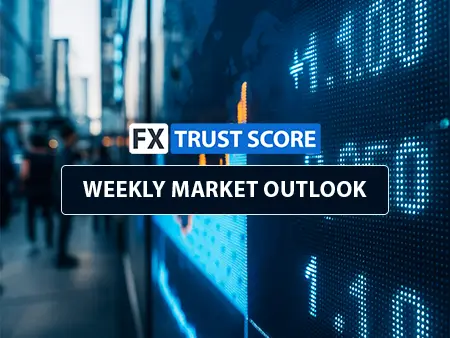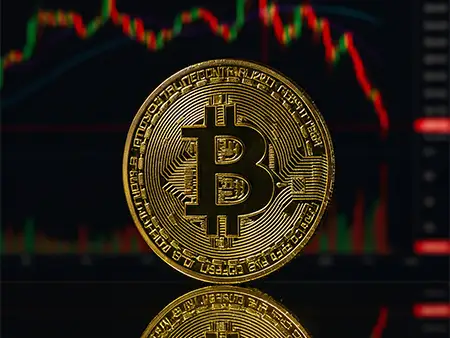The British pound briefly hit its highest level since February 2022, strengthening after the UK’s inflation data for April came in above market expectations on Wednesday morning.
The British pound (GBP) briefly reached its highest level in three years, following higher than expected inflation figures for April. On Wednesday morning, the GBP USD rate climbed to near 1.3470, representing fresh highs not seen since February 2022.
UK headline inflation, as measured by the Consumer Price Index (CPI), rose 3.5% year-on-year. Outpacing forecasts of 3.3% and coming in way above March’s 2.6% reading, April’s data marks the highest inflation rate for 18 months, dating back to November 2023.
Elsewhere, core CPI, which excludes food, energy, alcohol, and tobacco, climbed to 3.8%, also beating expectations. On a monthly basis, prices rose 1.2%, above the projected rate of 1.1%.
According to the Office for National Statistics (ONS), significant price increases in housing, transport, and recreational sectors contributed to the inflationary surge. Notably, services inflation – a key focus for Bank of England (BoE) policymakers – jumped to 5.4% from 4.7%, adding further pressure on the BoE.
What was the political reaction to the GBP USD surge?
Despite the surge in GBP USD, rates slipped back, partly in response to UK chancellor Rachel Reeves’ comments. Expressing her frustration, Reeves said: “I am disappointed with these figures because I know cost of living pressures are still weighing down on working people.
“We are a long way from the double digit inflation we saw under the previous administration, but I’m determined that we go further and faster to put more money in people’s pockets.”
As for the wider political reaction, Conservative shadow chancellor Mel Stride said British families are “paying the price for the Labour chancellor’s choices”, while the Liberal Democrats called for “bold reaction to deliver relief”.
What next for the Bank of England?
Following the unexpectedly strong data, speculation has increased as to how bank officials might respond. There is a feeling among market analysts that the BoE may strike a more hawkish tone at its next meeting in June, potentially moving away from earlier guidance for a gradual loosening of policy.
Huw Pill, the central bank’s chief economist, added to the cautious sentiment earlier in the week, warning that structural shifts in wage and pricing behaviour, linked to persistently high inflation, could warrant a careful approach when it comes to future rate cuts.
What was the GBP USD rate?
The GBP USD rate surged to a new three-year high of 1.3469. According to historical data, the major currency pair has not reached this level since back in February 2022.
What caused the GBP USD rate increase?
The pound initially rose on stronger than expected UK inflation data for April. Headline CPI rose 3.5% year-on-year, against an expected 3.3%. Meanwhile, Core CPI and services inflation also accelerated. This, combined with reduced expectations for BoE rate cuts and a weakened US dollar, led to a surge in GBP/USD.
Don’t forget to keep updated with the Live GBP USD Rate at FXTrustScore.com.






